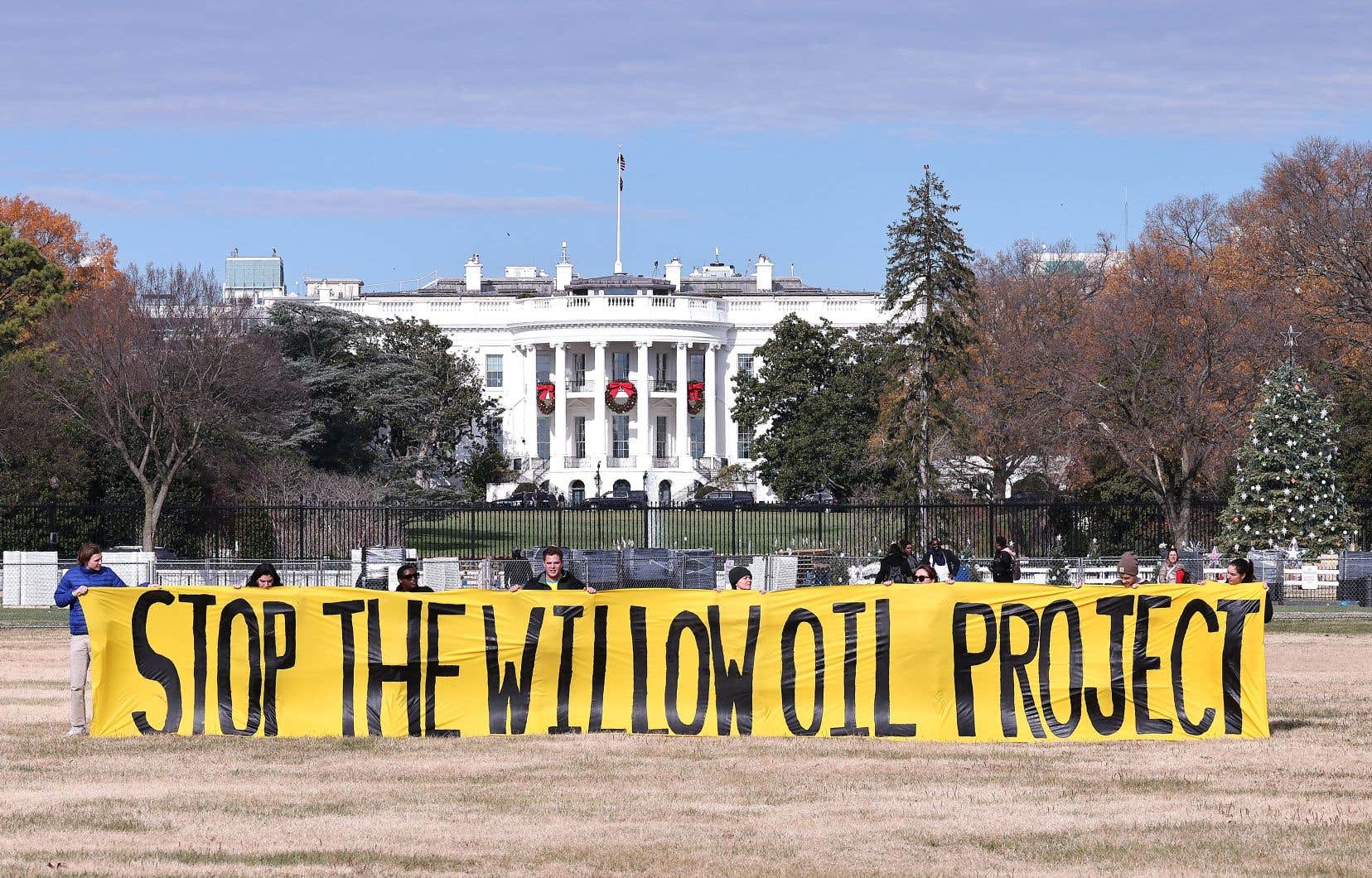Despite pressure from environmental associations, the US government on Monday approved a major oil project in northern Alaska: the Willow project of the American giant ConocoPhillips, announced the Ministry of the Interior, in charge of federal lands in the United States. United.
The project, reduced to three drilling areas from the five originally requested by the company, is located in an area called the National Petroleum Reserve in northwest Alaska. This is US state land, as President Joe Biden, a Democrat, came to power promising not to allow new oil and gas drilling on federal land.
Anxious at the same time to give pledges to environmental defenders, the American government has announced that it is working on additional protections for a vast area of the national oil reserve. He also announced that he wanted to permanently ban drilling over a large area of the Arctic Ocean, bordering this reserve.
The defenders of the Willow project see it as a source of jobs, and a contribution to the energy independence of the United States.
But the environmental associations, which had launched a vast campaign to fight against the project, denounce them as a catastrophe for the climate.
“Devastating effects”
“Willow is going to be one of the largest oil and gas operations on federal public lands in the country,” environmental organization Sierra Club said Monday. “The carbon pollution it will release into the air will have devastating effects on our people, wildlife, and the climate. We will suffer the consequences for decades to come. »
For days, a wave of videos opposing the project had swept through the social network TikTok, and an online petition had collected more than 3.2 million signatures.
The battle over Project Willow has been going on for years. It was initially approved by the Trump administration, before being temporarily halted in 2021 by a judge, who sent it back for further government review.
In early February, the Land Management Office published its environmental analysis of the project, in which it detailed a “preferred alternative”. The latter reduced the project to three drilling sites instead of five, with approximately 219 wells.
Result of this solution: the production of 576 million barrels of oil over approximately 30 years, according to estimates by the Bureau. And the emission of 9.2 million tonnes of CO2 per year, or 0.1% of US greenhouse gas emissions in 2019.
Joe Biden has promised to reduce US greenhouse gas emissions by 50-52% by 2030, compared to 2005. A goal taken under the Paris Climate Agreement, to enable the world’s largest economy to achieve carbon neutrality by 2050.
